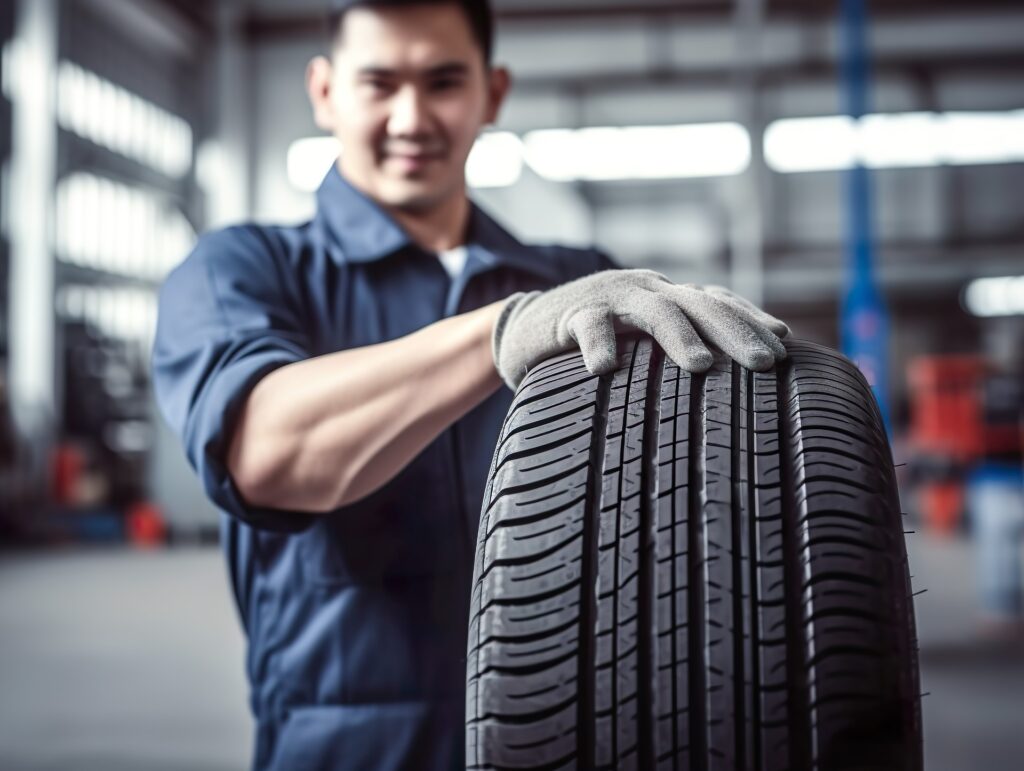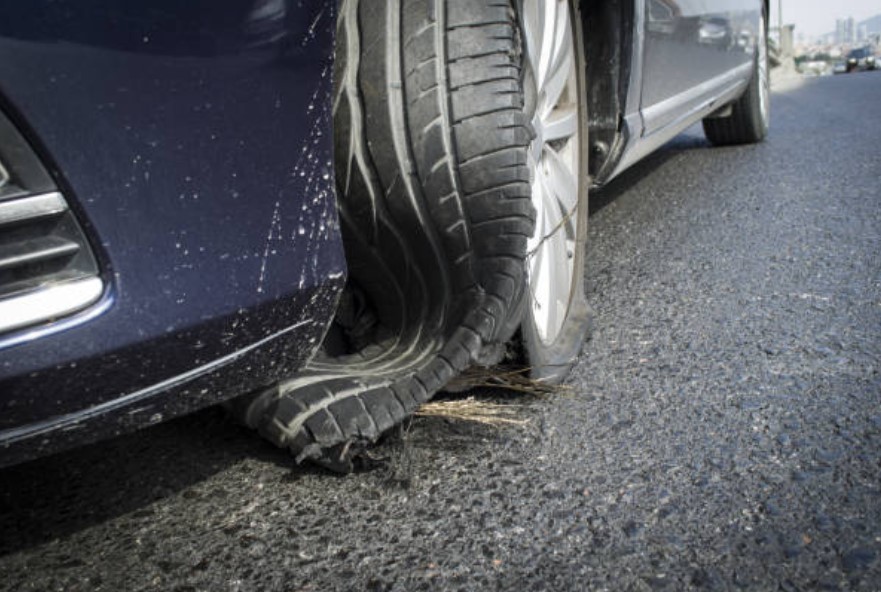Tyre Rotation: Why and How to Rotate Your Tyres
It’s crucial to understand the significance of regular tyre maintenance to ensure the longevity and optimal performance of your vehicle. One essential aspect often overlooked is the need to rotate your tyres. In this blog, we’ll delve into why tyre rotation is necessary, when and how often it should be done, and the various car tyre rotation patterns to keep your wheels rolling smoothly.
Why is Tyre Rotation Necessary?
Your vehicle’s tyres play a pivotal role in maintaining a smooth and safe driving experience. The weight distribution, engine power, and drivetrain configuration can lead to uneven tyres wear on your vehicle. In front-wheel drive vehicles, the front tyres bear the brunt of the engine’s power and can wear out faster than the rear tyres. Conversely, rear-wheel drive vehicles experience the opposite effect.
Tyre rotation involves moving the tyres to different positions on your vehicle to ensure even wear. This simple maintenance task can significantly extend the life of your tyres tread depth, promote better fuel efficiency, and enhance overall vehicle performance.
When Should You Rotate Your Tyres?
How often should you have tyres rotated depends on various factors such as your driving habits, the type of vehicle you own, and the manufacturer’s recommendations. As a general rule of thumb, it’s recommended to rotate your tyres every 6 months or every 10,000 kilometres.
If you own a front-wheel drive vehicle, consider rotating your tyres from front to rear and vice versa to promote even wear. Rear-wheel drive vehicles may benefit from a similar rotation pattern but going from back to front. For all-wheel drive or four-wheel drive vehicles, it’s often recommended to use a cross-pattern rotation, where each tyre moves diagonally across the vehicle.
What Happens if You Don’t Rotate Your Tyres?
Failure to rotate your tyres regularly can result in uneven wear, leading to potential safety hazards and reduced performance. The front tyres in a front-wheel drive vehicle, for instance, may wear out faster on the outer edges due to increased cornering forces. In contrast, the rear tyres on a rear-wheel drive vehicle might experience accelerated wear on the inner edges.
Uneven wear not only compromises the tread life but can also affect your vehicle’s handling, traction, and fuel efficiency. Additionally, neglecting tyre rotation may contribute to more significant issues, such as poor wheel alignment and suspension problems.
Is It Okay to Rotate Tyres Without Balancing Them?
While tyre rotation is crucial, it’s equally important to balance your tyres during the rotation process. Balancing ensures that the weight distribution on each wheel is uniform, preventing vibrations and promoting a smoother ride. Therefore, it’s not recommended to rotate your tyres without balancing them.
Types of Tyre Rotation Patterns:
- Front-to-Rear Rotation (for front-wheel drive vehicles)
- Rear-to-Front Rotation (for rear-wheel drive vehicles)
- Cross-Pattern Rotation (for all-wheel drive or four-wheel drive vehicles)
How to Rotate Your Tyres:
You can rotate your tyres according to the recommended rotation pattern. Alternatively, you can book a tyre shop professional to rotate and balance your tyres.
Frequently Asked Questions:
What is tyre rotation?
Tyre rotation involves moving the tyres to different positions on your vehicle to ensure even wear and prolong the life of your tyres.
When should you rotate your tyres?
It’s recommended to rotate your tyres every 6 months, every 10,000 kilometres or as specified in your vehicle’s owner’s manual.
Why is tyre rotation important?
Tyre rotation is crucial to promote even wear, extend tyre life, enhance fuel efficiency, and maintain optimal vehicle performance.
What happens if you don’t rotate your tyres?
Neglecting tyre rotation can lead to uneven wear, compromising safety, handling, and fuel efficiency. It may also contribute to more significant issues like poor wheel alignment.
Is it okay to rotate tyres without balancing them?
No, it’s not recommended. Balancing tyres during rotation ensures uniform weight distribution, preventing vibrations and promoting a smoother ride.
Remember, the type of vehicle you own, your driving habits, and the manufacturer’s guidelines all play a role in determining the ideal rotation schedule. Don’t let uneven wear compromise your tyres’ tread life or risk your safety on the road.
So, the next time you find yourself wondering about the last time you rotated your tyres, consider it a friendly reminder to show your vehicle a little extra care. Whether you’re driving a front and rear-wheel drive, or all-wheel drive vehicle, a well-executed tyre rotation can make a significant difference in maintaining the health of your tyres and, consequently, your entire vehicle.
Happy Motoring!

Don’t Stop Here
More To Explore
Tyre Types 101: Find Your Perfect Match!
When it comes to your vehicle’s performance and safety, choosing the right tyres is key.…
Finding the Best SUV Tyres for Your Ride
If you’re in the market for new tyres for your SUV, you’re not alone. Whether…
Tyre Blowout? Stay in Control!
A tyre blowout can happen to anyone, but knowing how to handle it makes all…



